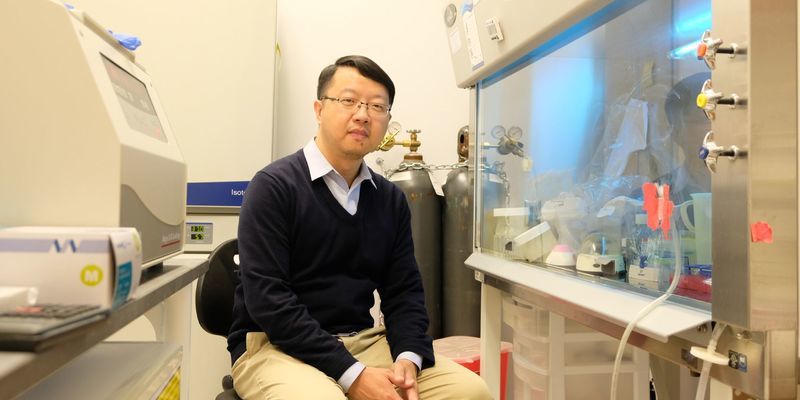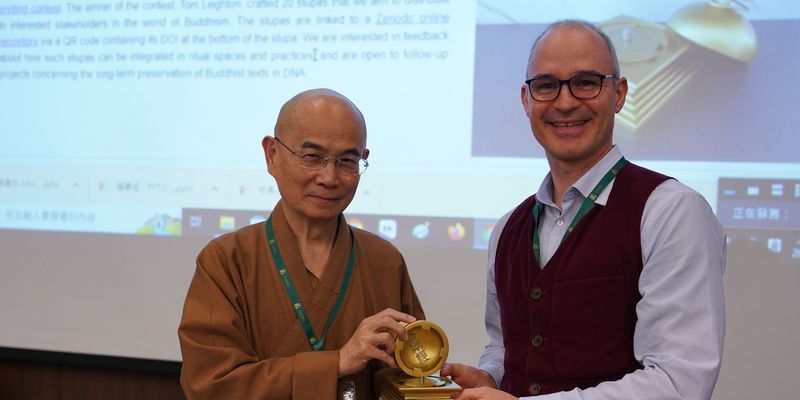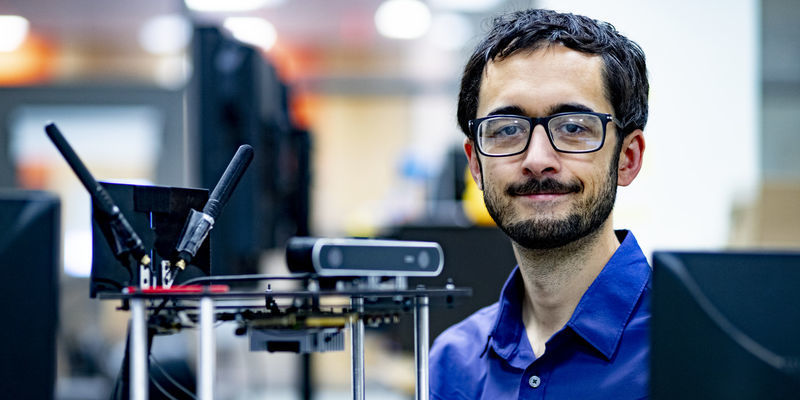Temple professor discovers 5,000-year-old silver jewelry in Oman
Kimberly Williams shared her groundbreaking discovery, which could help answer questions about ancient life in and around the Arabian Peninsula, at a conference in Barcelona last summer.
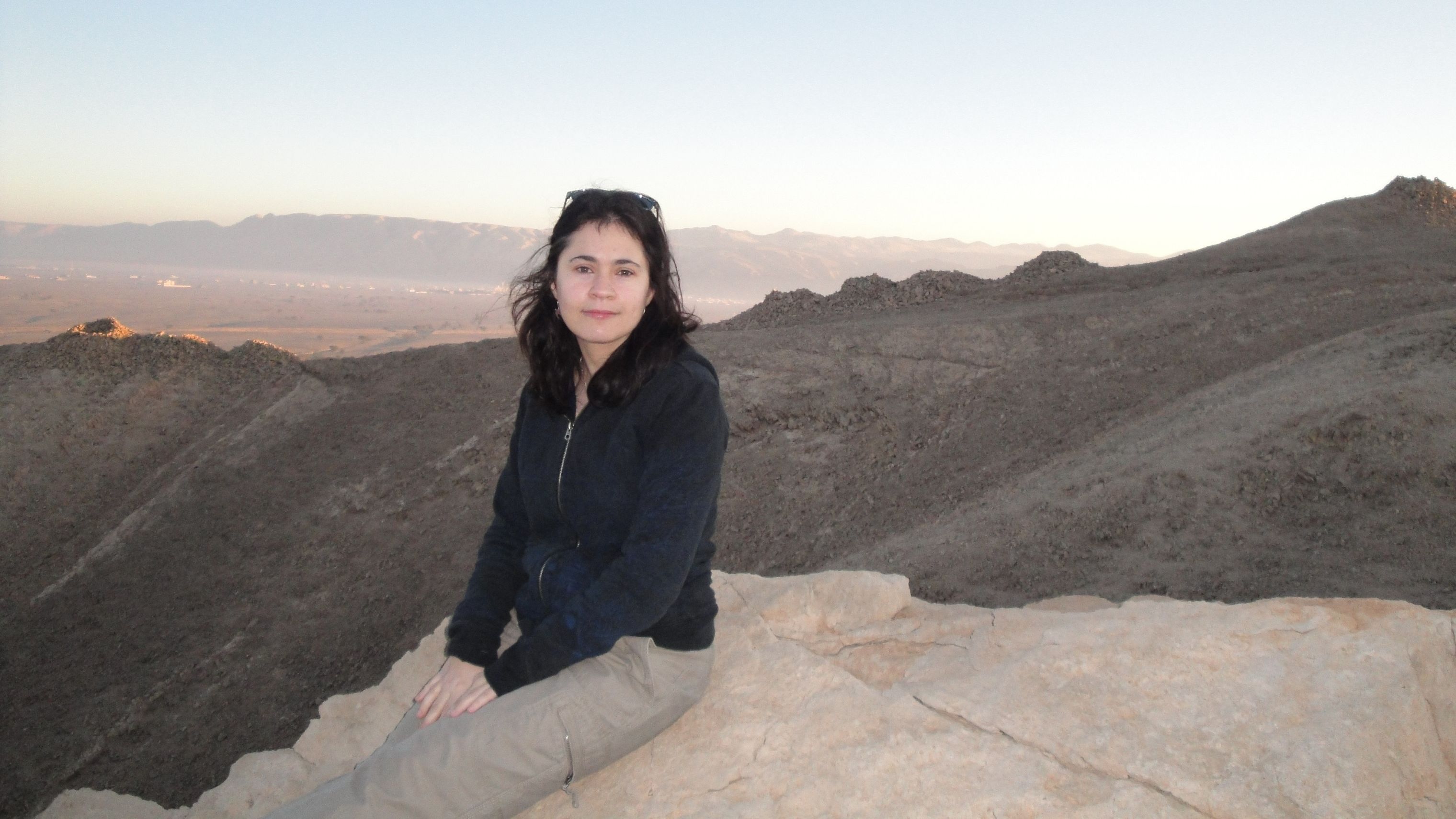
“No one has ever found anything like this before,” said Professor Kimberly Williams, on the discovery of a rare silver ring she excavated from a tomb in Oman.
Amidst a massive heap of bones, pottery fragments, beads and other bits of material culture, Williams, who also serves as chair of the department of anthropology and director of the Center for Humanities at Temple, uncovered rare artifacts, including a silver ring symbolizing trade in the region.
Williams and her colleagues shared their fascinating discovery at the European Association of South Asian Archaeology and Art in Barcelona last July.
The ring was completely corroded when she found it. “I could see there was some sort of writing or something on it, and a lot of times there are artifacts found in these tombs that people think are made of tin, which is a far less valuable, far less sophisticated metal,” Williams said.
Williams has been excavating mortuary monuments in Oman since 2008. She specializes in early Bronze Age mortuary monuments, which date back to 3200 B.C. She’s worked with Temple students, as well as researchers and students from Oman’s Sultan Qaboos University, to excavate and map monuments throughout the country. But in all of the time she’s spent leading excavations, nothing stands out like the discovery she made in January 2018.
The discovery happened as Williams was excavating a tomb from the Umm An-Nar period, which begins around 2500 B.C. The tomb itself is massive, spanning eight meters in diameter and containing six chambers. It was a communal tomb, which would have been located in the center of the settlement and served as a final resting place for its inhabitants. The team excavated the chambers in five to 10 centimeter sections, screening everything they dug up.
When she returned to the region in 2019 to continue her work, she took the ring to the Oman National Museum to have it cleaned. It was at this point that she began to realize the magnitude of the discovery.
“When it came back I could see there was a bull, the Indus bull, stamped on it, which no one had seen before,” she said. “People were just shocked. It was very exciting.”
The Indus civilization was located in modern day India and Pakistan. The bull is more commonly found outside of the Indus region than within, which has led archaeologists to believe it is a symbol of trade. Its appearance at this site, along with pottery that is believed to come from Indus, led Williams to believe the area was somehow involved in trade, perhaps as a weigh station.
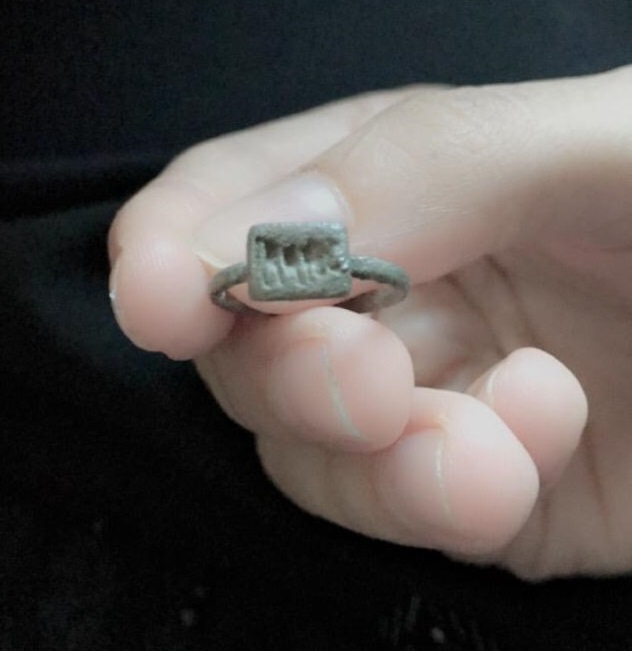
Williams believes the discovery of a silver ring stamped with the Indus bull indicates that the settlement was involved in trade. (Photography courtesy of Kimberly Williams)
The discovery was made even more fascinating after Williams had a lead isotope analysis performed on the ring and other jewelry found at the site to determine where the metal came from, which determined that the items were made from materials originating from Anatolia, or modern-day Turkey. Williams believes the craftsmanship of the ring indicates it was made in Mesopotamia, or modern day Iraq.
This unique blend of cultural influences may help archaeologists and anthropologists answer questions about how people from the Arabian Peninsula lived and interacted with surrounding civilizations.
“If you think of Mesopotamia, if you think of Indus, these are major civilizations with writing, with big religions, with ships, with armies. That doesn’t exist on the Arabian Peninsula,” Williams said. “There’s no evidence of warfare or significant interaction. So when we look in these tombs and find the traded items, we try to determine what they found valuable.”
While it was important to share the groundbreaking discovery at last July’s conference, Williams said there is still plenty of work to be done in Oman.
Her team is now conducting analyses on the human remains and pottery found at the site to determine their origins. Within two years time, Williams said she will return to Oman with Temple students to continue their important archaeological work in the region.
